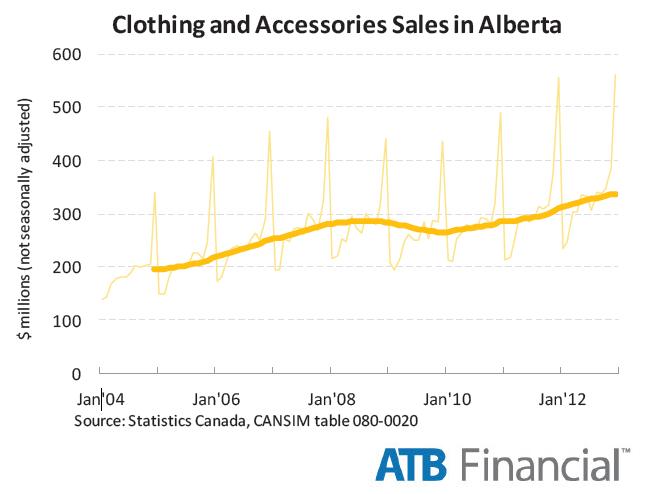Halloween is just next week and I know my daughter can hardly wait. With her new costume ready, candy all bought, we are ready. But if you are not into trick or treating, there are places you can go to for a more "personal" halloween experience...
Here is an article listing some of the more haunted places you will find in Alberta, Saskatchewan and Manitoba. Why not go see if you can find a spirit or two this All Hallow's Eve in one of these super spooky places! Don't forget to send me a picture of your findings!!!
But however way you choose to spend your Halloween, please make it a safe and enjoyable one for all!

1. Banff, Alberta - The Banff Springs Hotel
Legend has it: A family was brutally murdered while staying in Room 873 - hence why it's been covered in since (but if you look closely you can still see where the room was.) Also, years ago, a bride accidentally touched her dress to a candle on a flight of stairs. Her dress went up in flames and she fell down the stairs to her death. Guest report seeing her frequently roaming the halls of the hotel.
2. Calgary, Alberta - The Deane House
Legend has it: Several unusual deaths took place at the residence, including a young woman jumping to her death from the second storey and a man being gunned down on the porch. Staff at the house say they sometimes see a man smoking a pipe in Deane's study, hear ringing from an antique phone that's not plugged in and can smell tobacco, even though the house is non-smoking. Rumour also has it the attic is home to a bloodstain that reappears, changing shape and size, no matter how many times it's been washed.
3. Frank Slide, Alberta
Legend has it: In the spring of 1903 the face of Turtle Mountain came loose, causing a massive landslide and covering the town of Frank below. Seventy-six people were reported dead, some bodies never recovered from the rubble. People often report seeing mist and eerie apparitions when looking at the wreckage from the slide. Many think ghosts frequent the area because not all of the bodies were recovered and they are still looking for their loved ones.
4. Edmonton, Alberta - Edmonton General Hospital
Legend has it: Despite being closed and unused for years, the old B wing of the hospital still smells of sick people. As well, children's cries can be heard coming from the old pediatrics floor. A construction worker was killed while working in the basement of the hospital and is often seen in the spot where he died. As well, a mother crying for her dead child wanders the halls of the hospital, but disappears when approached.
5. Winnipeg, Manitoba - Fort Garry Hotel
Legend has it: Room 202 is considered the most haunted room in the hotel after a woman was rumoured to have committed suicide upon finding out her husband was killed in a car accident. Cleaning staff have reported seeing blood running down the walls of Room 202. Former Liberal MP Brenda Chamberlain often retells the story of how, during her stay, she felt someone climbing into bed with her and tossing and turning in the middle of the night.
6. Winnipeg, Manitoba - St. Ignatius School
Legend has it: A little girl haunts St. Ignatius after she died falling off the rings on the playground. Many children have stopped using the red rings out of fear, claiming that when you try to cross them you will feel hands on your legs trying to pull you off.
7. Winnipeg, Manitoba - Walker Theatre (Burton Cummings Theatre)
Legend has it: Staff claim to hear phantom applauding coming from this theater, which is over 100-years old. 200 lb. steel doors have been seen moving on their own and there are constant whispers and disembodied voices to be heard. Some people believe the unusual activity can be explained by acting team Laurnece Irving and Mabel Hackney who died in 1914, after less than a week of performances at the theatre.
8. Weyburn, Saskatchewan - Weyburn Mental Hospital
Legend has it: An investigation into one of Canada's first mental institutions in the 1930's turned up cruel and inhumane practices by the doctors. It was the site of lobotomies, electric shock therapy, and some of Canada's controversial LSD experiments. Before being demolished in 2009, people heard voices and some reported seeing a woman in the fourth floor window, pacing back and forth through the night.
9. North Battleford, Saskatchewan - Saskatchewan Hospital
Legend has it: Another prairie psychiatric institution that suffered from extreme overcrowding, which lead to deplorable conditions. The hospital still stands today, and has three large cemeteries on the grounds, where there have been reports of strange voices coming from gravestones. A patient who was burned badly in a fire still haunts the building.
10. St. Louis, Saskatchewan
Legend has it: Just outside Prince Albert, this friendly town by day is known for dark happenings by night. A set of train tracks was covered over after an accident on the tracks killed an entire family. It's rumoured the engineer responsible for the accident was so wracked with guilt he committed suicide. To this day, people have reported seeing ghost trains come through the area or see the engineer walking where the tracks once were.
View slideshow at http://www.huffingtonpost.ca/2013/10/20/haunted-places-canadian-prairies_n_4132292.html#slide=3026095


